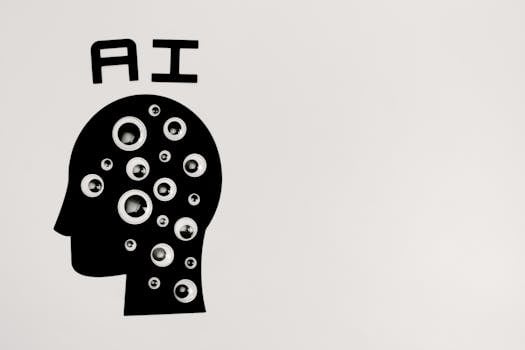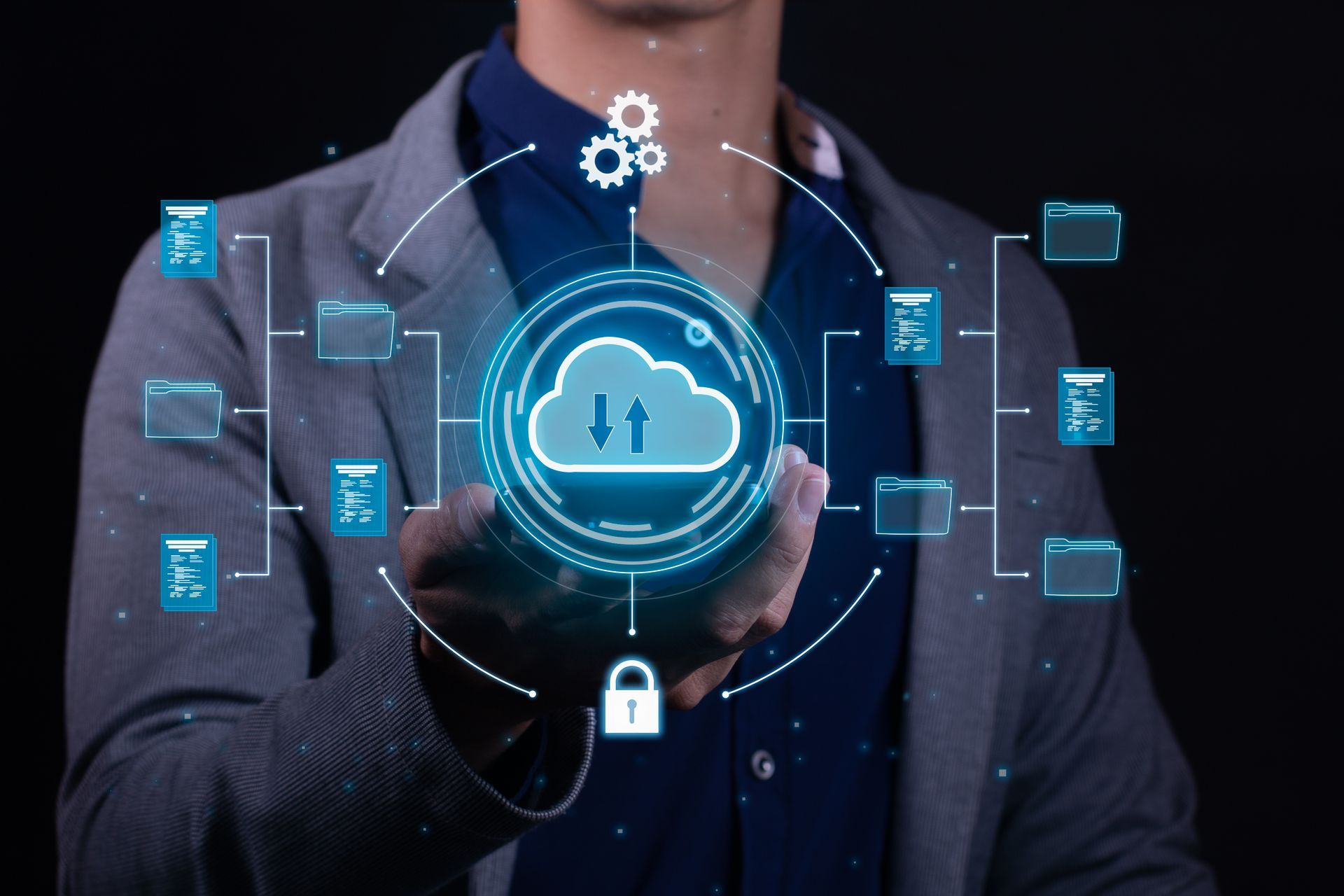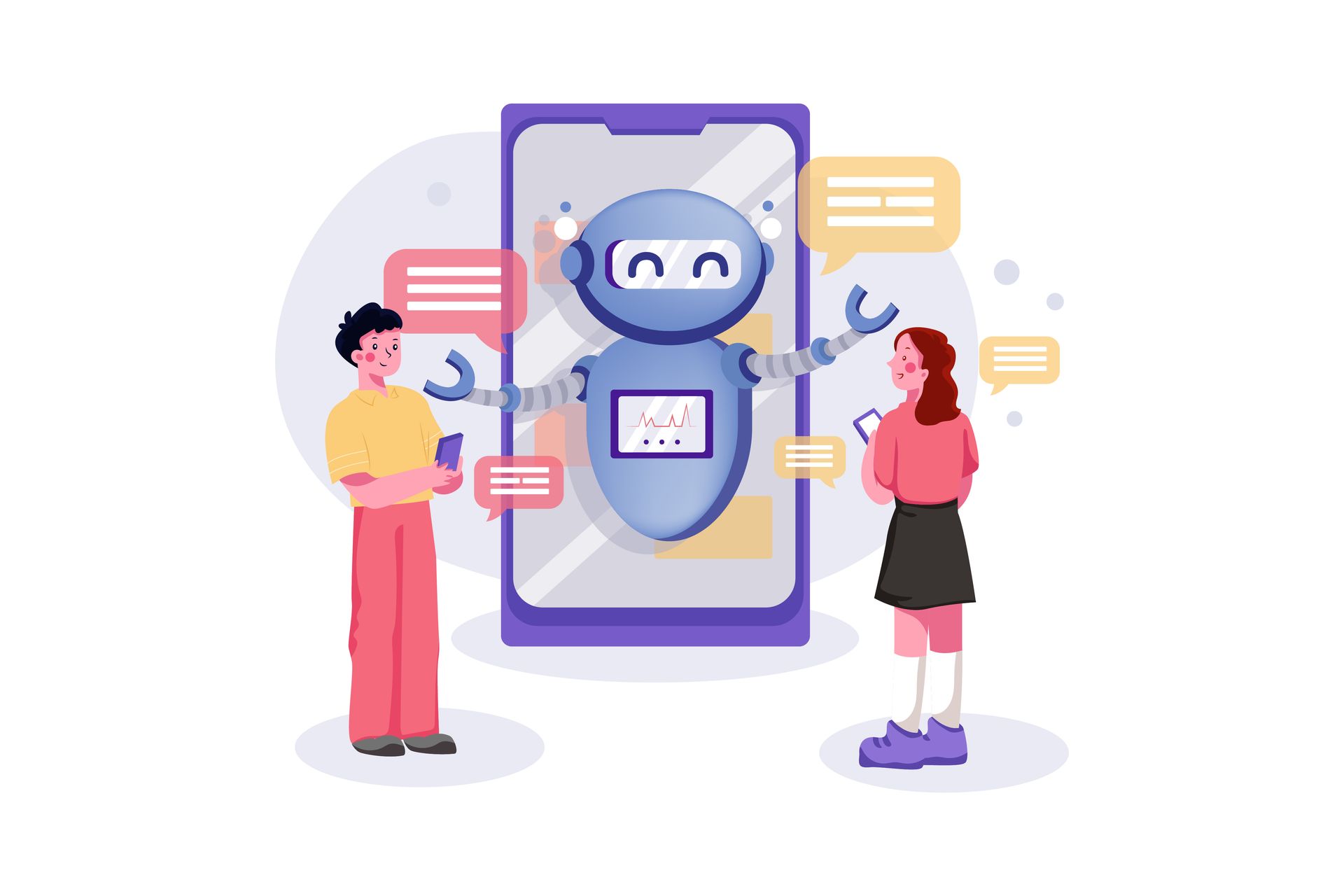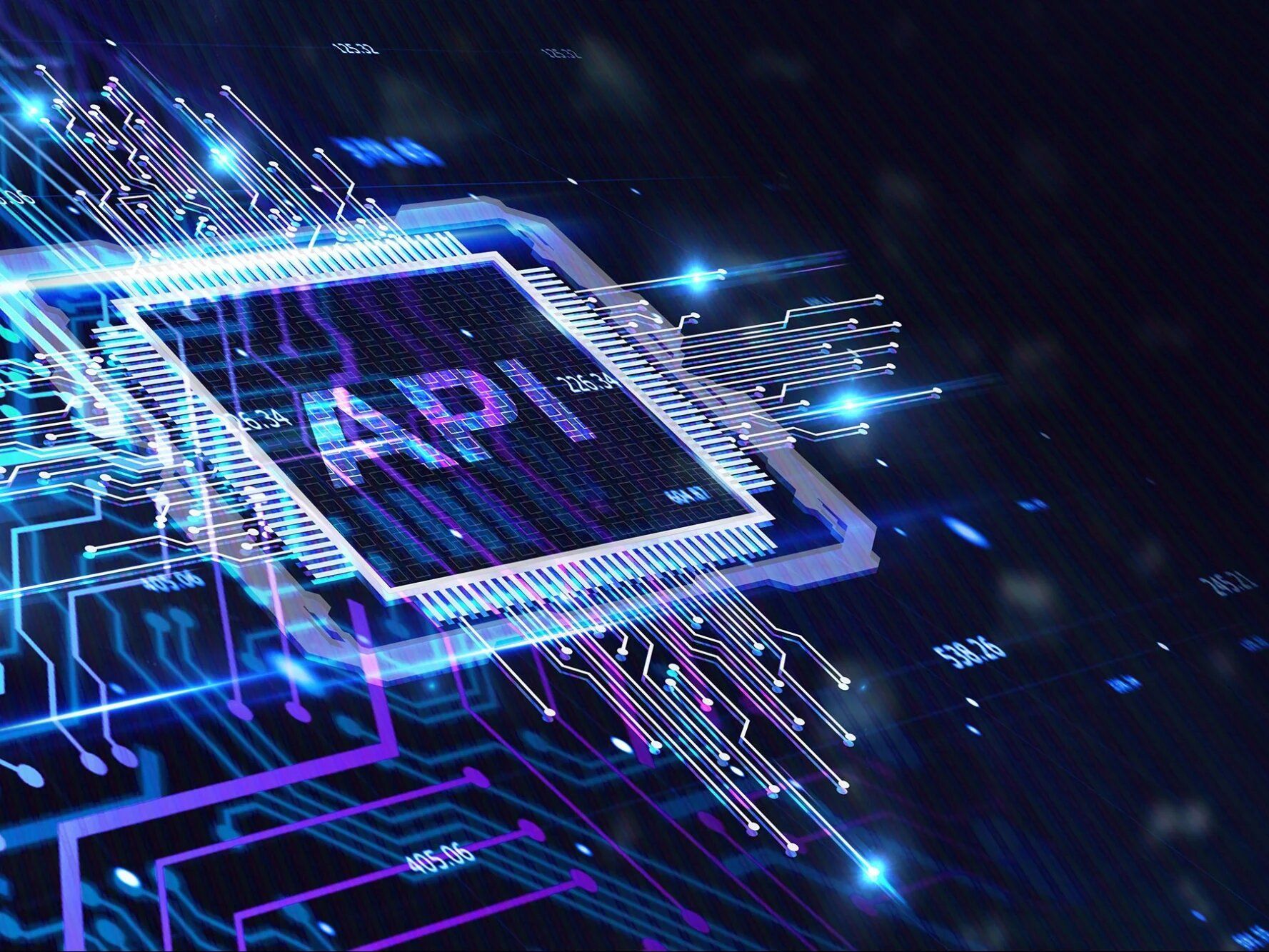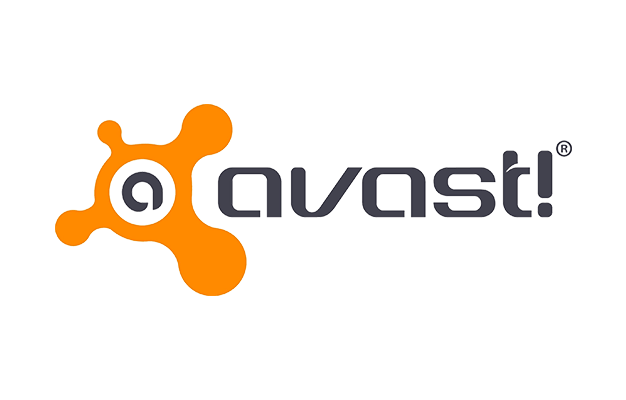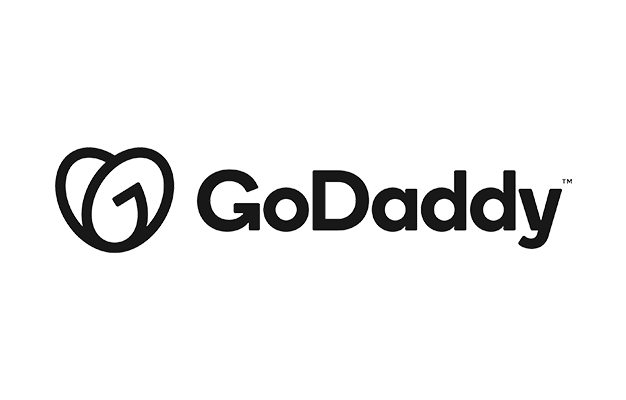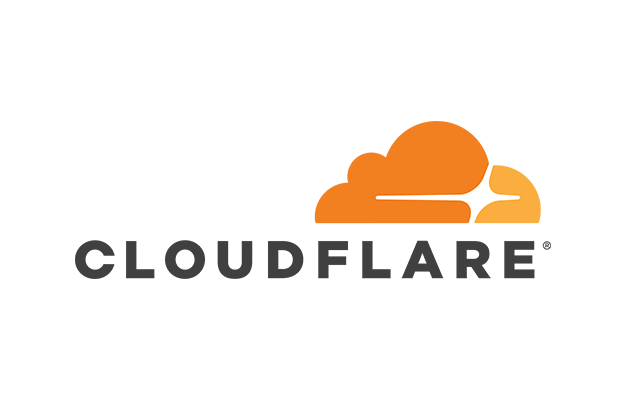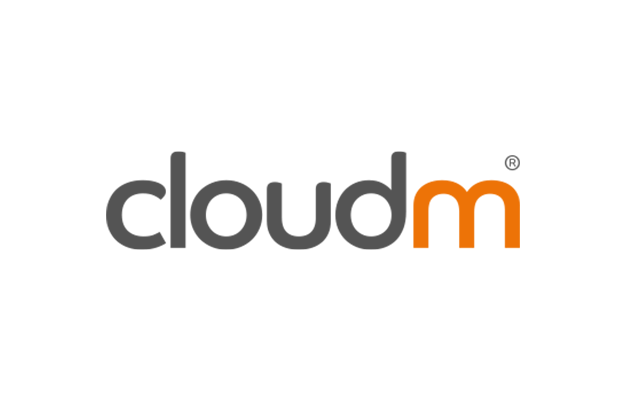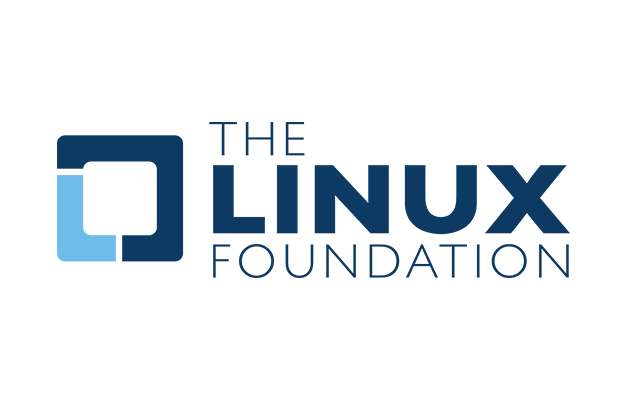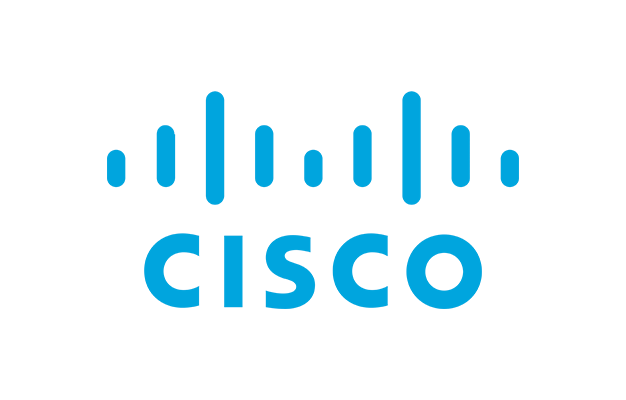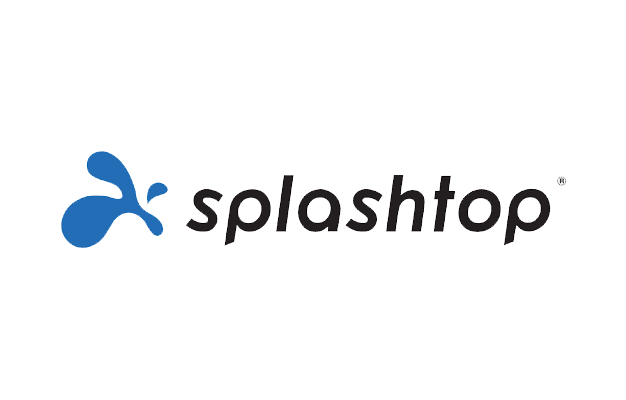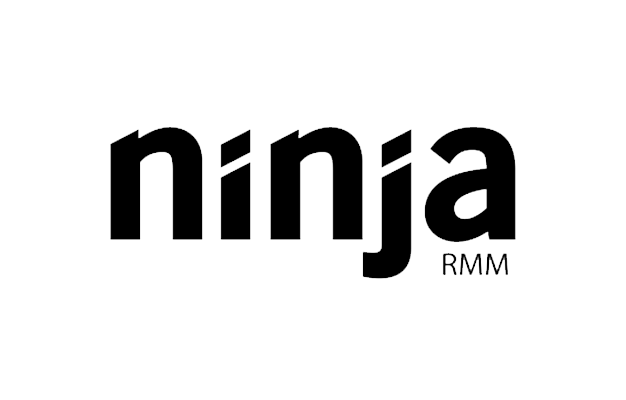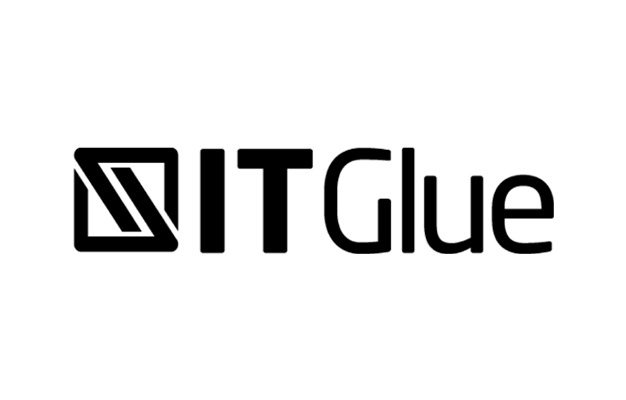10 Game-Changing AI Trends Dominating America in June 2025
The AI Revolution Reaches New Heights in Mid-2025
As we reach the midpoint of 2025, artificial intelligence continues to transform the American landscape at an unprecedented pace. From Silicon Valley startups to Fortune 500 enterprises, AI adoption has accelerated beyond even the most optimistic predictions from just two years ago.
June 2025 marks a pivotal moment where several emerging AI trends are converging to create what industry experts are calling the "Second AI Wave." Here are the ten most significant trends reshaping how Americans work, live, and innovate.
1. AI Agents Take Center Stage in Enterprise Operations
The biggest shift we're witnessing this June is the mainstream adoption of autonomous AI agents across American corporations. Unlike simple chatbots, these agents can perform complex, multi-step tasks independently.
Companies like Microsoft, Google, and emerging startups are deploying agents that can schedule meetings, analyze market data, and even negotiate contracts. A recent study by McKinsey shows that 67% of Fortune 500 companies now use AI agents for at least one business-critical function.
2. Multimodal AI Becomes the New Standard
The integration of text, voice, image, and video processing into single AI systems has reached maturity. American consumers are now interacting with AI that can simultaneously understand spoken commands, visual contexts, and written instructions.
This trend is particularly evident in:
- Healthcare diagnostics combining patient records, medical imaging, and voice symptoms
- Educational platforms that adapt to visual, auditory, and kinesthetic learning styles
- Customer service systems that analyze tone, facial expressions, and text simultaneously
3. AI-Powered Code Generation Transforms Software Development
American software companies are experiencing a productivity revolution as AI coding assistants become more sophisticated. Tools like GitHub Copilot, Claude Code, and emerging competitors are now generating entire application modules, not just code snippets.
Silicon Valley reports indicate that development teams using advanced AI coding tools are shipping features 40-60% faster than traditional workflows. This is democratizing software creation and enabling non-technical entrepreneurs to build complex applications.
4. Regulatory Frameworks Finally Take Shape
June 2025 has seen significant progress in AI regulation across the United States. The Biden administration's AI Executive Order is now showing concrete results, with new safety standards for AI systems in critical infrastructure.
Key developments include:
- Federal guidelines for AI use in hiring and lending decisions
- Mandatory disclosure requirements for AI-generated content
- Safety standards for autonomous vehicle AI systems
- Privacy protections for AI training data
5. Edge AI Revolutionizes Real-Time Processing
The deployment of AI directly on devices and local networks has reached a tipping point. American manufacturers are embedding powerful AI chips in everything from smart appliances to industrial equipment.
This trend is enabling:
- Instant language translation without internet connectivity
- Real-time quality control in manufacturing
- Privacy-preserving AI that keeps data local
- Reduced latency for time-critical applications
6. Personalized AI Tutors Transform American Education
Educational institutions across the US are implementing AI tutoring systems that adapt to individual learning styles and pace. These systems are showing remarkable results in closing educational gaps and improving student outcomes.
Early data from pilot programs in California, Texas, and New York show 25-30% improvement in student comprehension when AI tutors supplement traditional teaching methods.
7. AI-Driven Climate Solutions Gain Momentum
American clean energy companies are leveraging AI to optimize renewable energy systems, predict weather patterns, and reduce carbon emissions. Smart grids powered by AI are now managing energy distribution across major US cities more efficiently than ever before.
Notable applications include:
- Predictive maintenance for wind and solar farms
- AI-optimized building energy management
- Carbon capture technology guided by machine learning
- Smart agriculture reducing water and fertilizer usage
8. Voice AI Reaches Human-Level Conversational Ability
The latest voice AI systems deployed across America can now engage in natural, contextual conversations that are virtually indistinguishable from human interaction. This breakthrough is transforming customer service, mental health support, and personal assistance.
Major telecommunications providers are rolling out voice AI that can handle complex customer inquiries, schedule appointments, and even provide emotional support during difficult conversations.
9. AI Security Becomes a Strategic Priority
As AI systems become more powerful and ubiquitous, American cybersecurity firms are developing sophisticated AI-powered defense systems. These tools can detect and respond to threats faster than human analysts ever could.
The rise of AI-generated cyberattacks has created an "AI arms race" in cybersecurity, with both offensive and defensive capabilities advancing rapidly. The Department of Homeland Security has established new guidelines for protecting AI systems themselves from attacks.
10. Creative AI Partnerships Redefine American Entertainment
Hollywood and the broader American entertainment industry are finding new ways to collaborate with AI rather than viewing it as a threat. June 2025 has seen the release of several major films and TV shows that prominently feature AI-human creative partnerships.
These collaborations are producing:
- Personalized content that adapts to viewer preferences in real-time
- Interactive storytelling experiences
- AI-generated music and sound effects
- Virtual actors and performers
Looking Ahead: What These Trends Mean for Your Business
As we progress through 2025, these AI trends are not just technological curiosities—they represent fundamental shifts in how American businesses operate and compete. Organizations that adapt quickly to these changes will have significant advantages over those that wait.
Key takeaways for business leaders:
- Start experimenting with AI agents for routine business processes
- Invest in multimodal AI capabilities for customer interactions
- Develop AI governance and ethics policies proactively
- Consider edge AI for real-time applications
- Prepare your workforce for AI collaboration, not replacement
Stay Ahead of the AI Curve
The AI landscape is evolving rapidly, and staying informed about these trends is crucial for business success. Whether you're a startup founder in Austin, a manufacturer in Detroit, or a service provider in New York, understanding and leveraging these AI developments will determine your competitive position.
At Lingows, we help American businesses navigate this AI transformation with practical strategies and cutting-edge solutions. Our team stays at the forefront of these trends to ensure our clients are always ahead of the curve.




